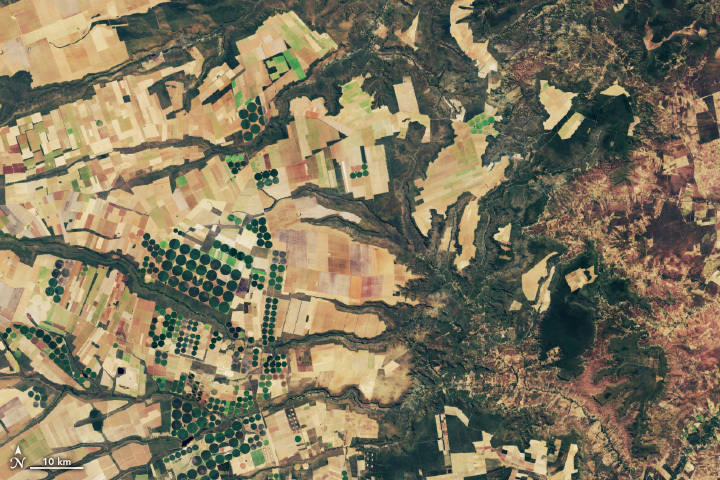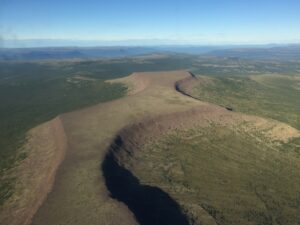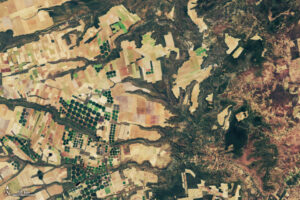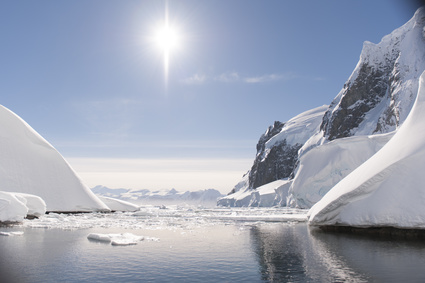
Presentation Title
Re-assessment of the mass balance of the Abbot and Getz sectors of West Antarctica
What are the major findings of this research?
Large discrepancies have existed in mass balance estimates over the Getz and Abbot regions of West Antarctica, primarily due to uncertainties in ice thickness measurements at the grounding line when using the Input-Output Method. We use the novel instrumentation of CryoSat-2 to overcome these limitations and provide reassessments of mass balance for the 2006-2008 period.
We find both regions to be in a state of slight positive mass balance for this epoch and in closer agreement with results from other techniques. Over the Getz sector, analysis of contemporary ice velocity data from Landsat 8 (Fahnestock et al, 2015) show velocity increases of up to 20% over the last decade. This is in addition to negative ice sheet elevation rates from CryoSat-2 for 2010-2013, indicating this region is undergoing dynamic thinning and increases in mass loss.
What are the implications of your findings?
Our results are in closer agreement with other techniques for the 2006-2008 period, demonstrating the ability for CryoSat-2 to better constrain future Input-Output Method mass balance estimates. Consequently this will improve our ability to accurately asses the continents contribution to global sea level rise. The velocity increases and thinning rates in the Getz region over the last decade indicate this region is in a state of accelerating mass imbalance.
What insight did you gain from Landsat that would have been impossible to glean otherwise?
Contemporary Landsat 8 velocity products have allowed us to monitor changes in velocity over the last decade for the Getz region and detect the occurrence of dynamic thinning processes. Going into the future, the continental scale and high temporal resolution of Landsat 8 derived velocity data will be key for future mass balance studies using the Input-Output method.
How did your results compare with other estimates of gravimetry and altimetry elevation changes?
Our results indicate previous discrepancies were primarily due to uncertainties the ice thickness products used. This is particularly the case for the Abbot region, where our new 2006-2008 positive mass balance estimate is now in agreement with positive altimetry elevation rates. Over the Getz region, the acceleration in negative mass trends from gravimetry studies compared to other techniques indicate the likely occurrence of grounding line retreat. This is supported by our observations of changes in ice dynamics.
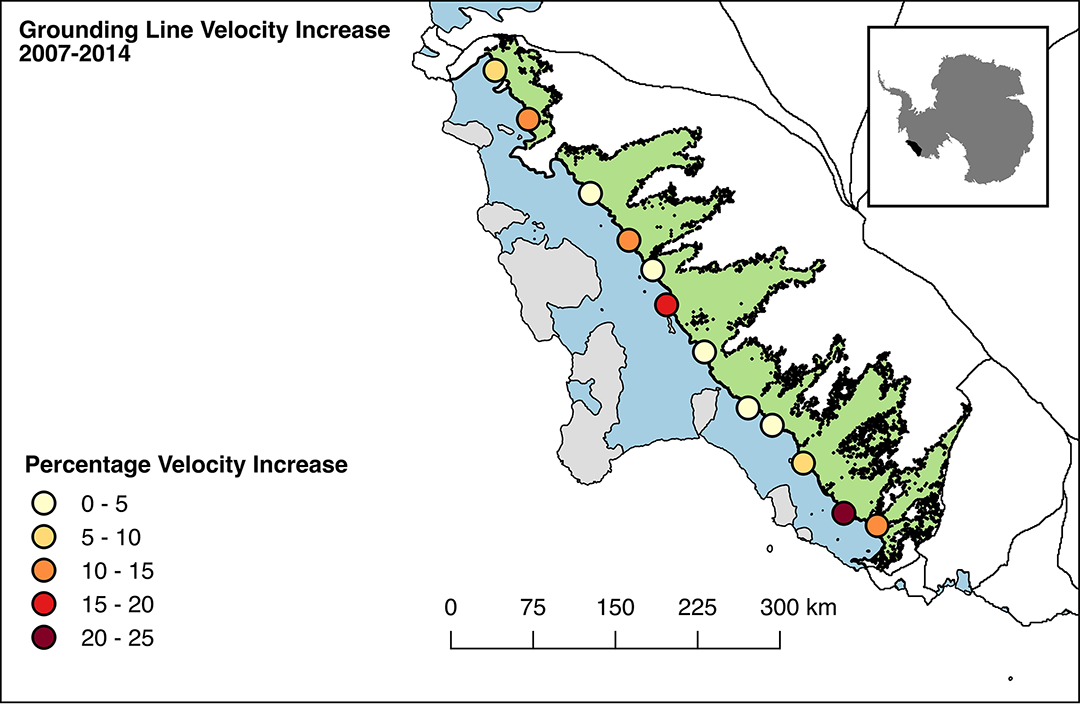
Co-authors:
Jonathan L Bamber
University of Bristol
Alba Martín-Español
University of Bristol
Funding for this study was provided by the UK Natural Environment Research Council
Anyone can freely download Landsat data from the USGS EarthExplorer or LandsatLook.
Further Reading:
+ Landsat Abounds at #AGU16
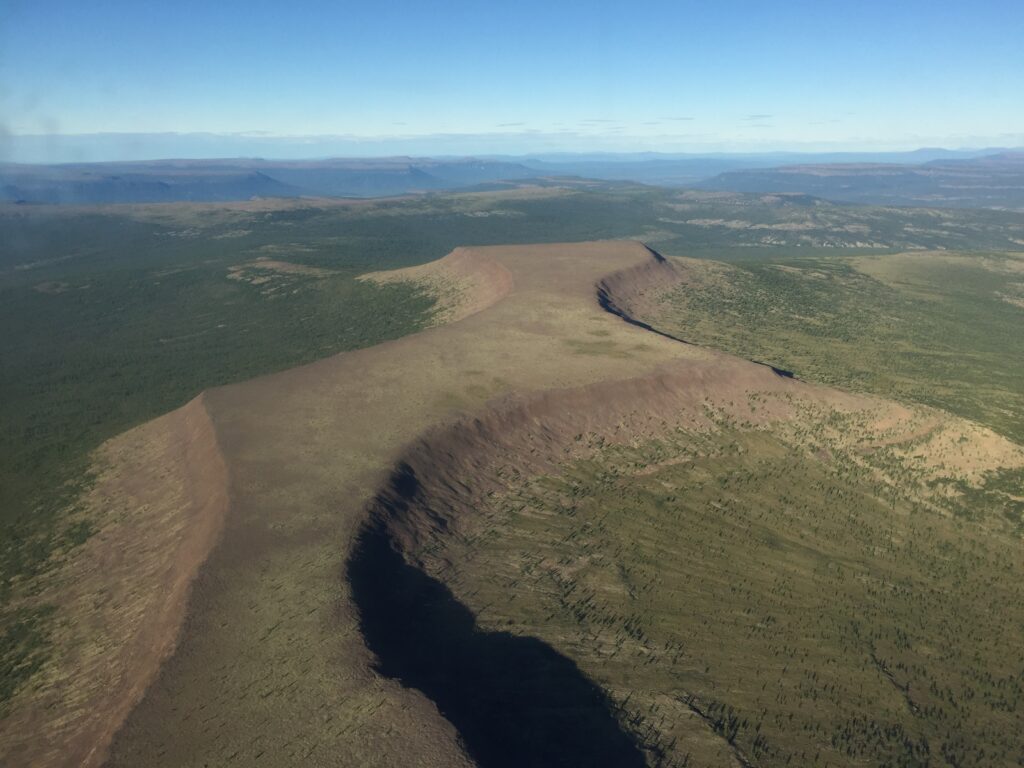
NASA Study Finds Potential Carbon Sink in Boreal Forest Growth
New research led by Landsat 8/9 Project Scientist Chris Neigh used Landsat and ICESat-2 data to investigate how boreal forests growth could sequester carbon.

